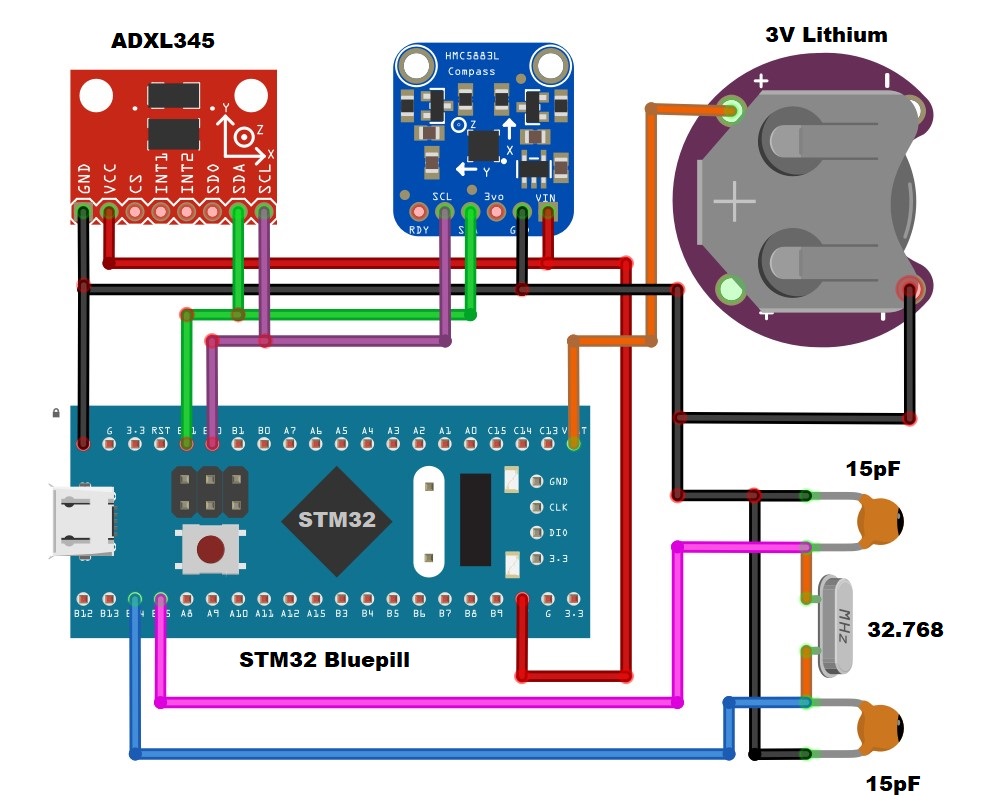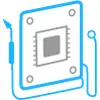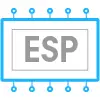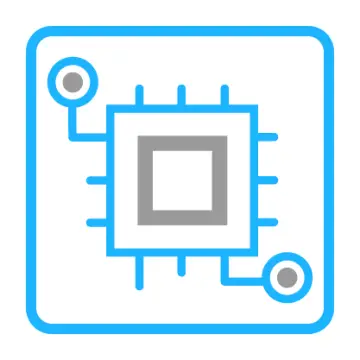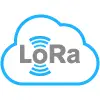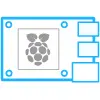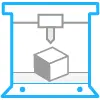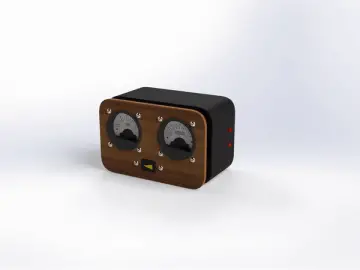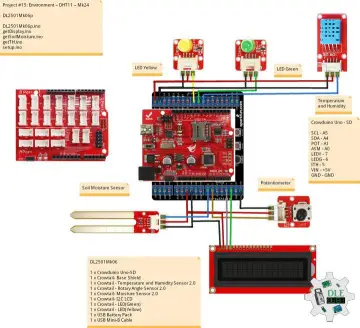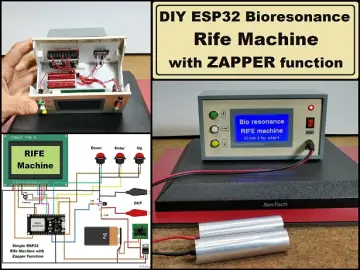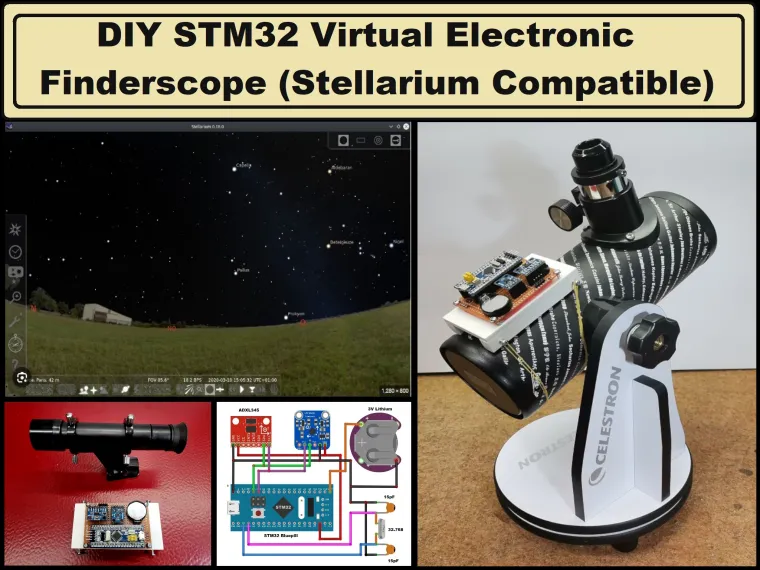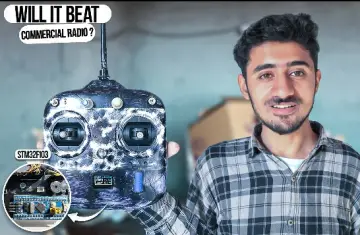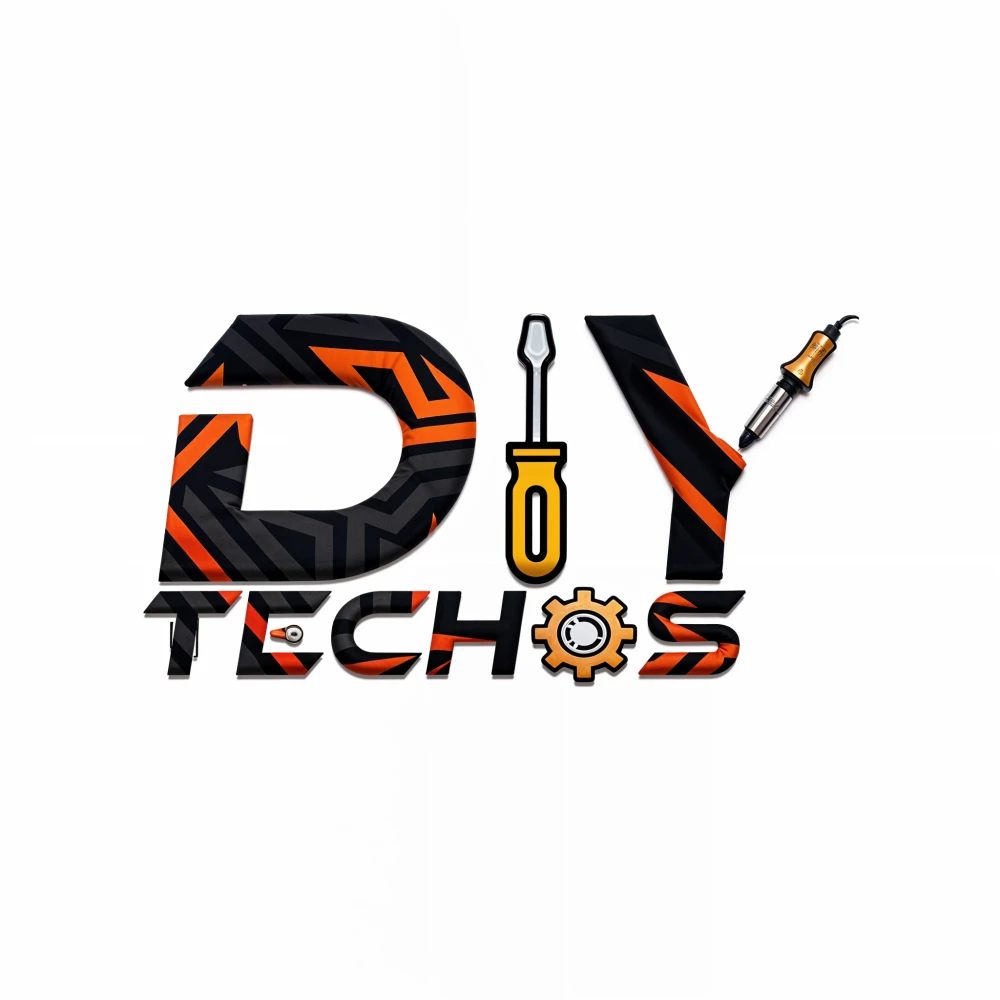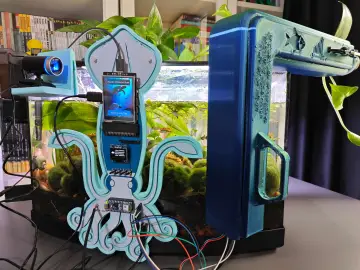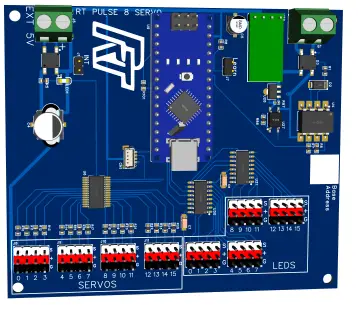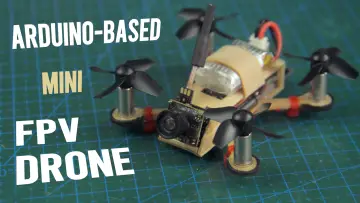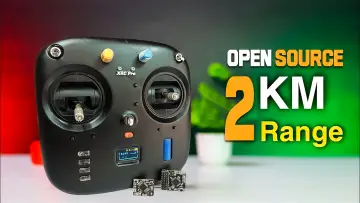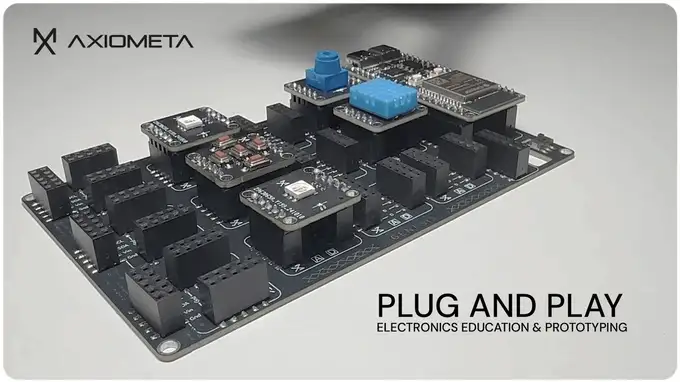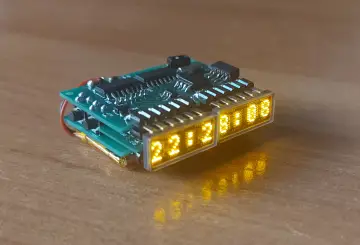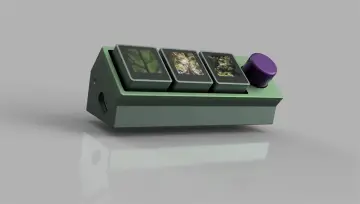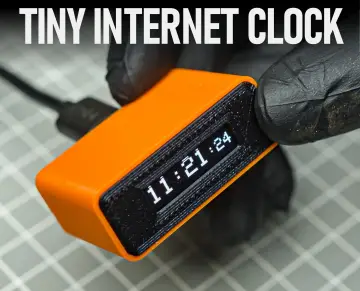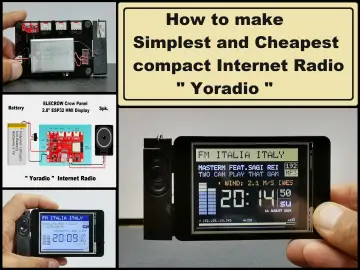Story
A finderscope is a small auxiliary telescope mounted on the main telescope to help locate and center objects in the main telescope's field of view.

The finderscope provides a wider field of view than the main telescope, making it easier to locate objects in the night sky. However, finding the desired object in the night sky is a very laborious task and requires a lot of time and patience, especially for beginning astronomers.
This time I will present you a simple way to make an electronic finderscope that will drastically simplify the procedure for finding the desired object, and will also minimize the time required for this operation, so we will have more time for observation.
The project is presented on Dilshan Jaycody's blog and all credits go to him. I modified the project in such a way that I used STM32 Bluepill development board, which is very cheap and also avoids the precise soldering of SMD components on the board. The device works with Stellarium application, and helps the observer identify objects in the sky. Stellarium is a free open source planetarium for PC, and it shows a realistic sky in 3D, just like what you see with the naked eye, binoculars or a telescope.
This unit can be attached to the telescope and connects with the computer through the USB port. The StarPointer uses a few onboard sensors to determine its angle and position. After obtaining that information, the unit calculates the coordinates of the telescope and transfers those details to the Stellarium.

The device is relatively simple to make and consists of several components:
- STM32F103C8 Bluepill development board
- ADXL345 3 Axis Accelerometer
- HMC 5883L Magnetometer
- CR2032 lithium 3v coin battery
- 32.768 khz crystal
- And USB to UART converter for uploading firmware and testing purposes.
The components are mounted on a pcb prototyping breadboard, which is then placed on a flat plastic base suitable for mounting on the telescope.
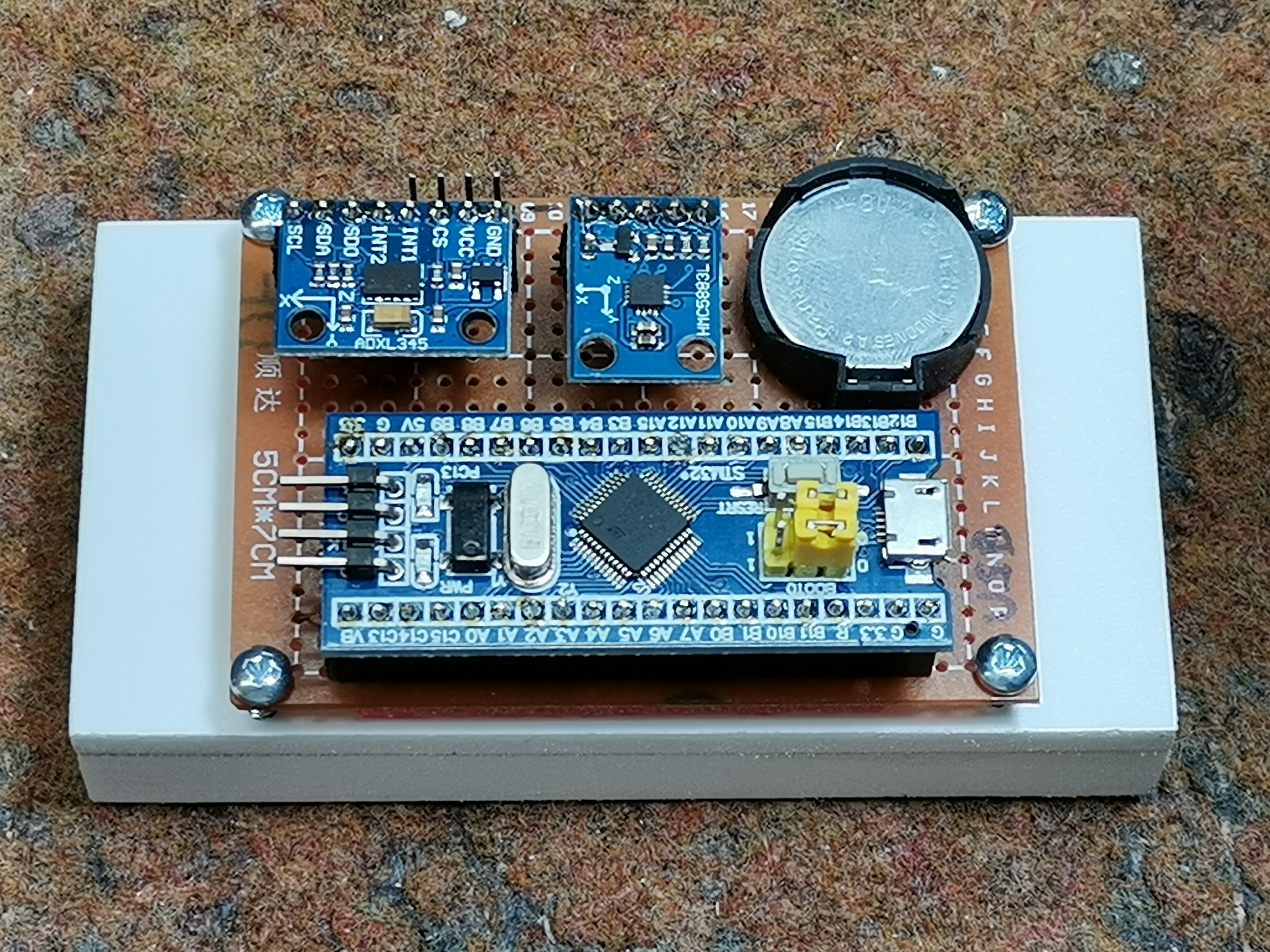
The complete documentation is also available in the Wiki section of the GitHub repository, from where we first download the compiled firmware binary (starpointer.hex). Then the Bluepill board should be connected to the PC via a USB to UART converter as shown in the schematic diagram.
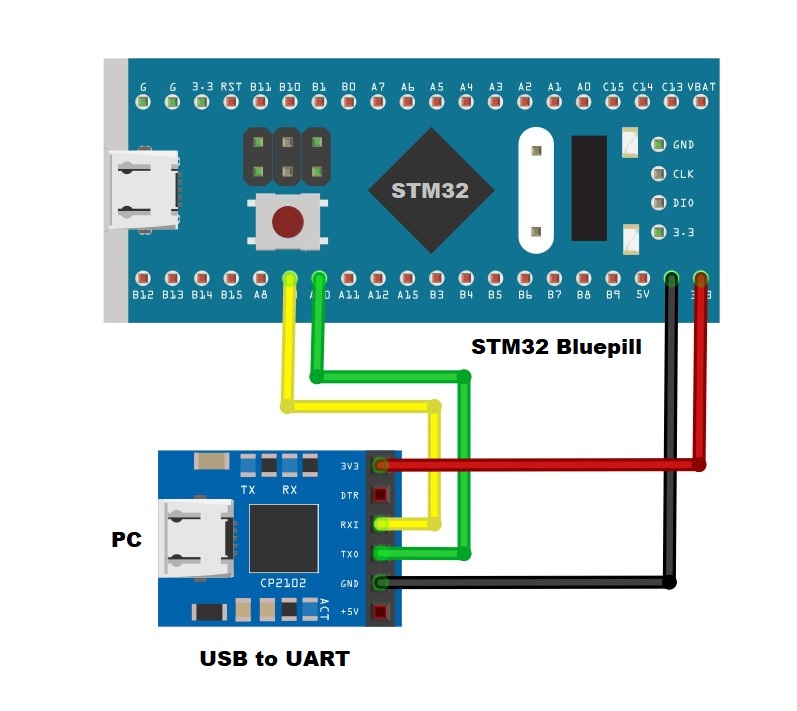
To upload the firmware we use the STM32 Cube Programmer software, during which we need to switch the BOOT 0 header from the '0' position to the '1' position and after that we return it to the original position.
Now optionally to check the functionality of the device we need to connect it to the PC as shown in the diagram.
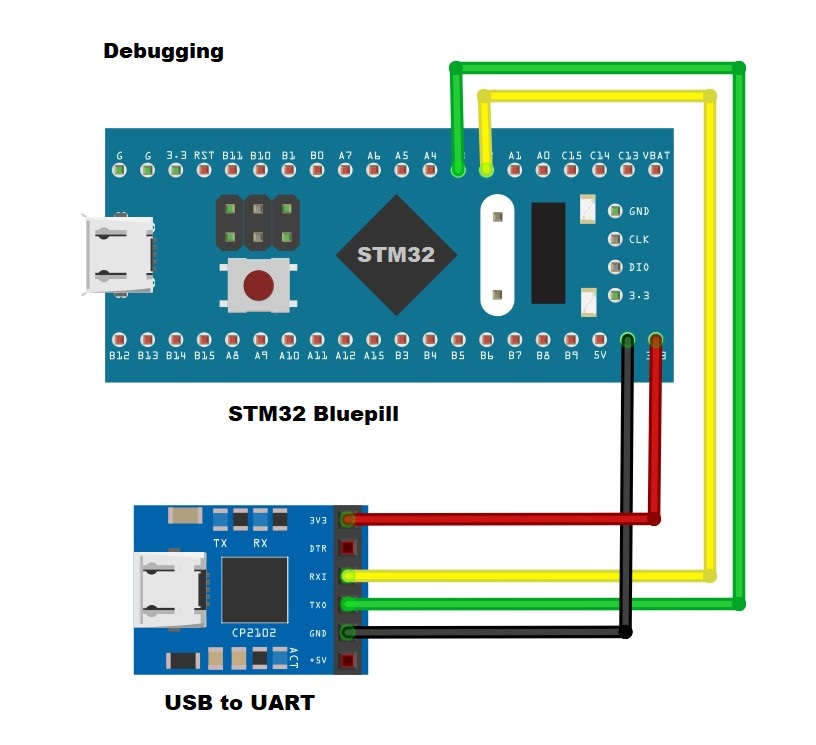
On some serial monitor software, we should receive a message about the functioning of the sensors, which should look something like the picture.
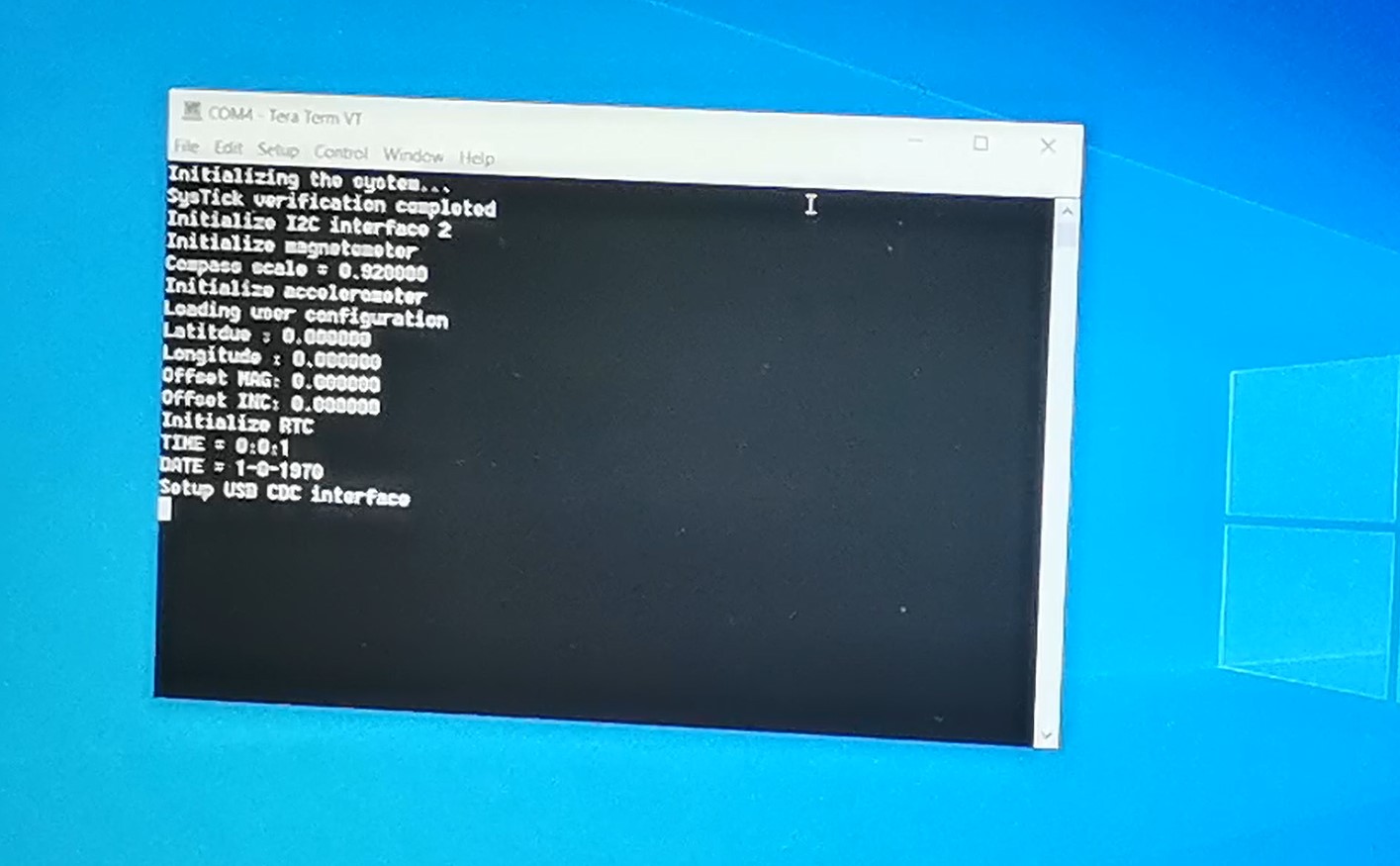
Next, from the release page we download StarPointer sync tool, a utility that serves to change the date/time, location, RA (right ascension), and DEC (declination) offsets as well as setting the correct local time. Furthermore, this data remains remembered thanks to the backup battery.
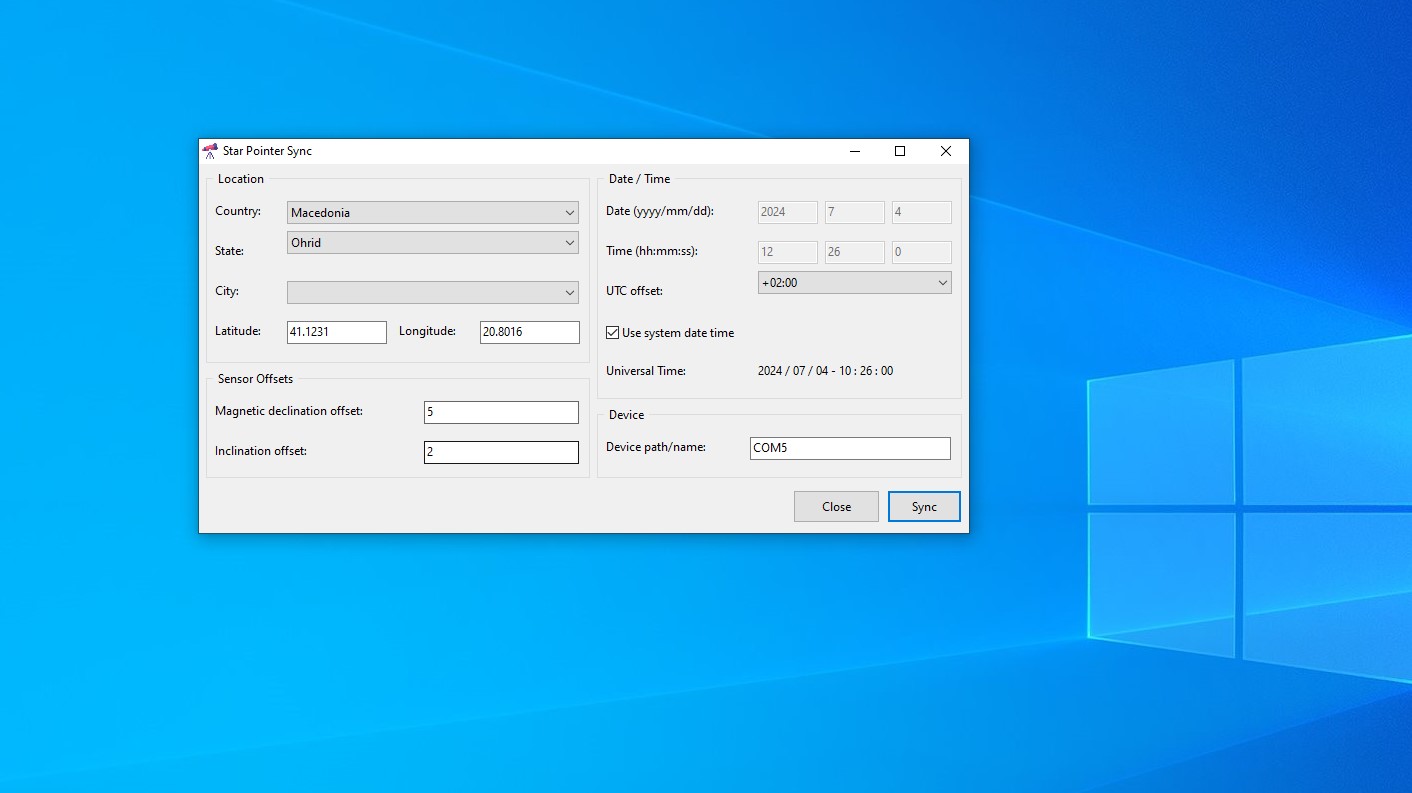
We select the correct Bluepill COM port and synchronize the local data. Now if we go back to the serial monitor, we can see that this data has been accepted. With this, the making of the device is completed, and now we need to mount it on the telescope and connect it to the Stellarium software
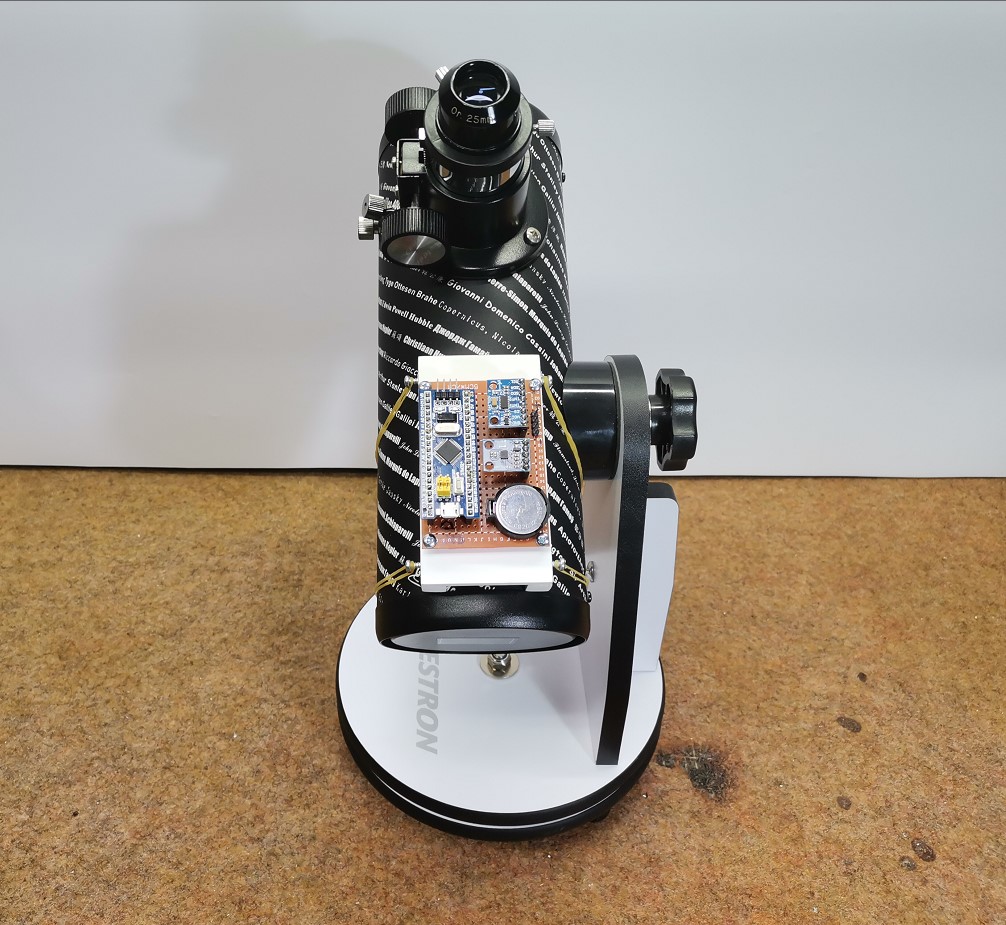
Just to emphasize that the device should be mounted in the direction of the telescope tube for more accurate guidance to the desired object. For demonstration purposes, I will use my smallest Celestron First Scope Dobsonian type telescope.
Now a brief explanation of how to connect to the Stellarium Software:
First we go to "configuration window", next "Plugins", and double click to "Telescope Control". Next "Setup new telescope", name "Star Pointer", check "Equinox of the date", then Bluepill serial port, in our case COM5, and "Device model" - "Meade LX200 (compatible)", and "OK". Now we need to start telescope control and taht is all.
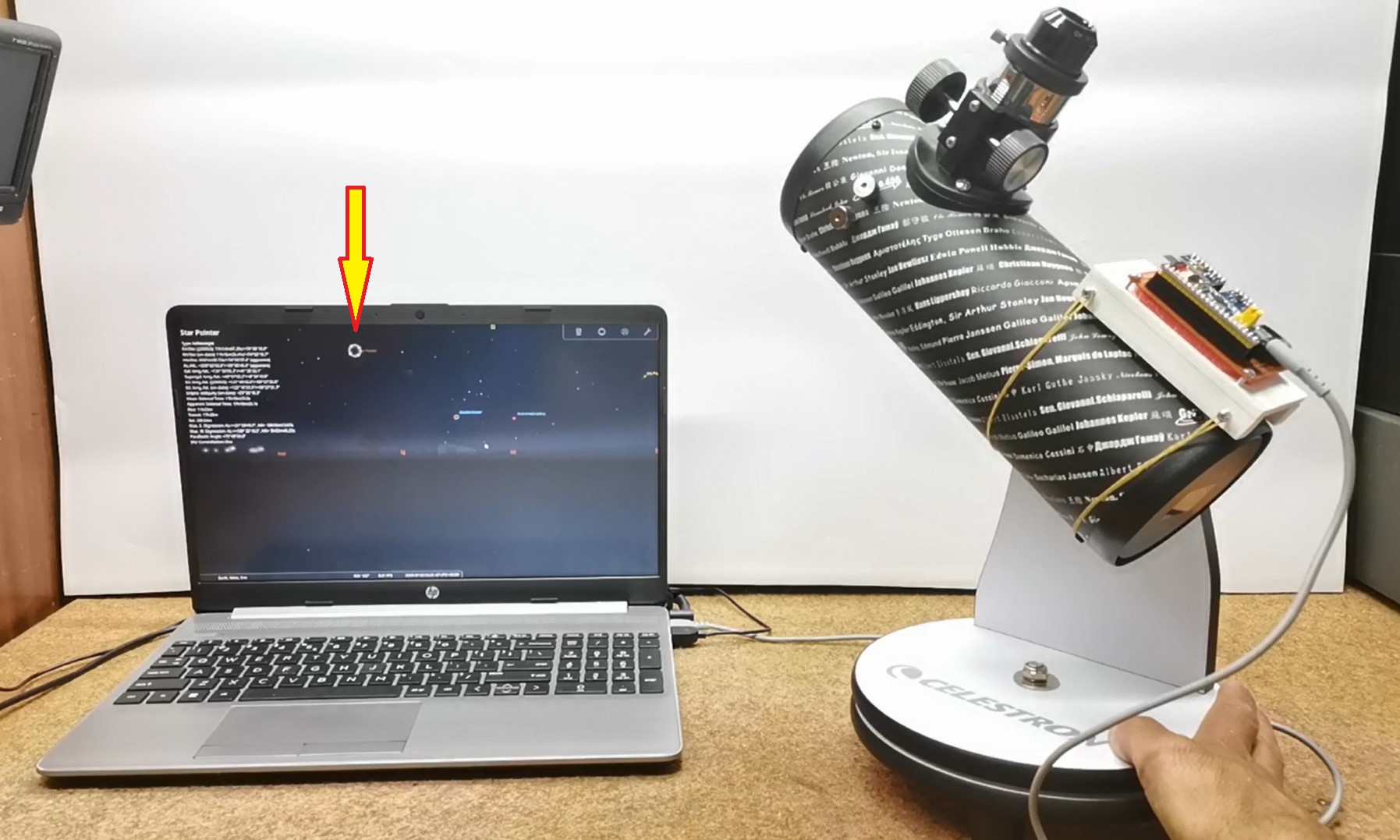
Now we can point the telescope at the desired object in the sky. The movement of the telescope can be seen nicely on the Stellarium software. Otherwise, I perform this test in laboratory conditions and in this environment I have many sources of constant and changing magnetic field, so the target moves a little bit, but in real conditions it is perfectly stable. I hope that soon I will have better weather conditions, and then I will update the video with observation in real outdoor conditions.
And finally a short conclusion. This is a really simple and inexpensive project, especially useful for amateur astronomers, which drastically reduces the time to find the desired object in the night sky. Of course, nowadays there are also Android and IOS applications for this purpose, but this specific device is much more accurate, independent, but also the satisfaction is great when we use a device that we have made ourselves.
